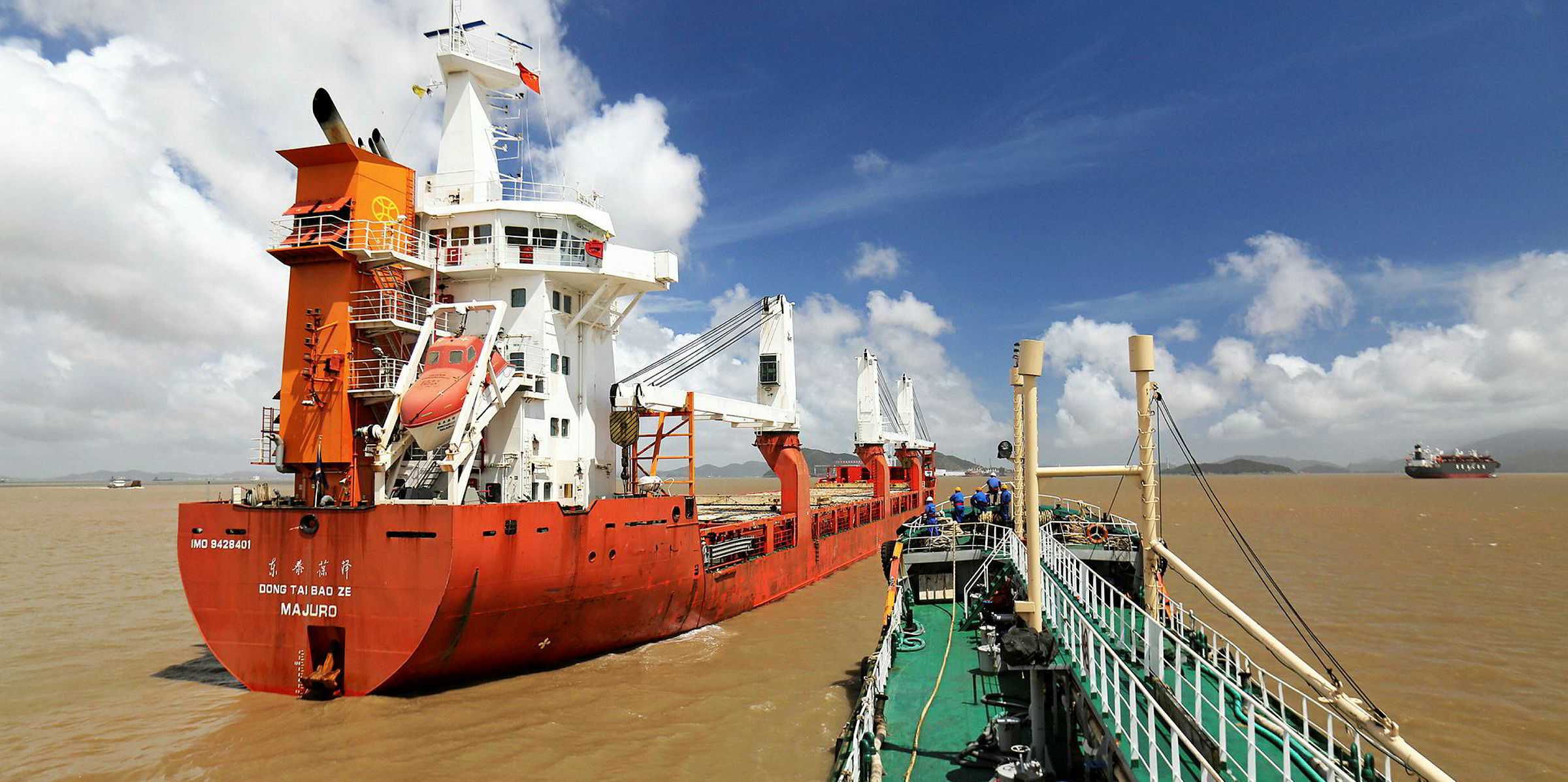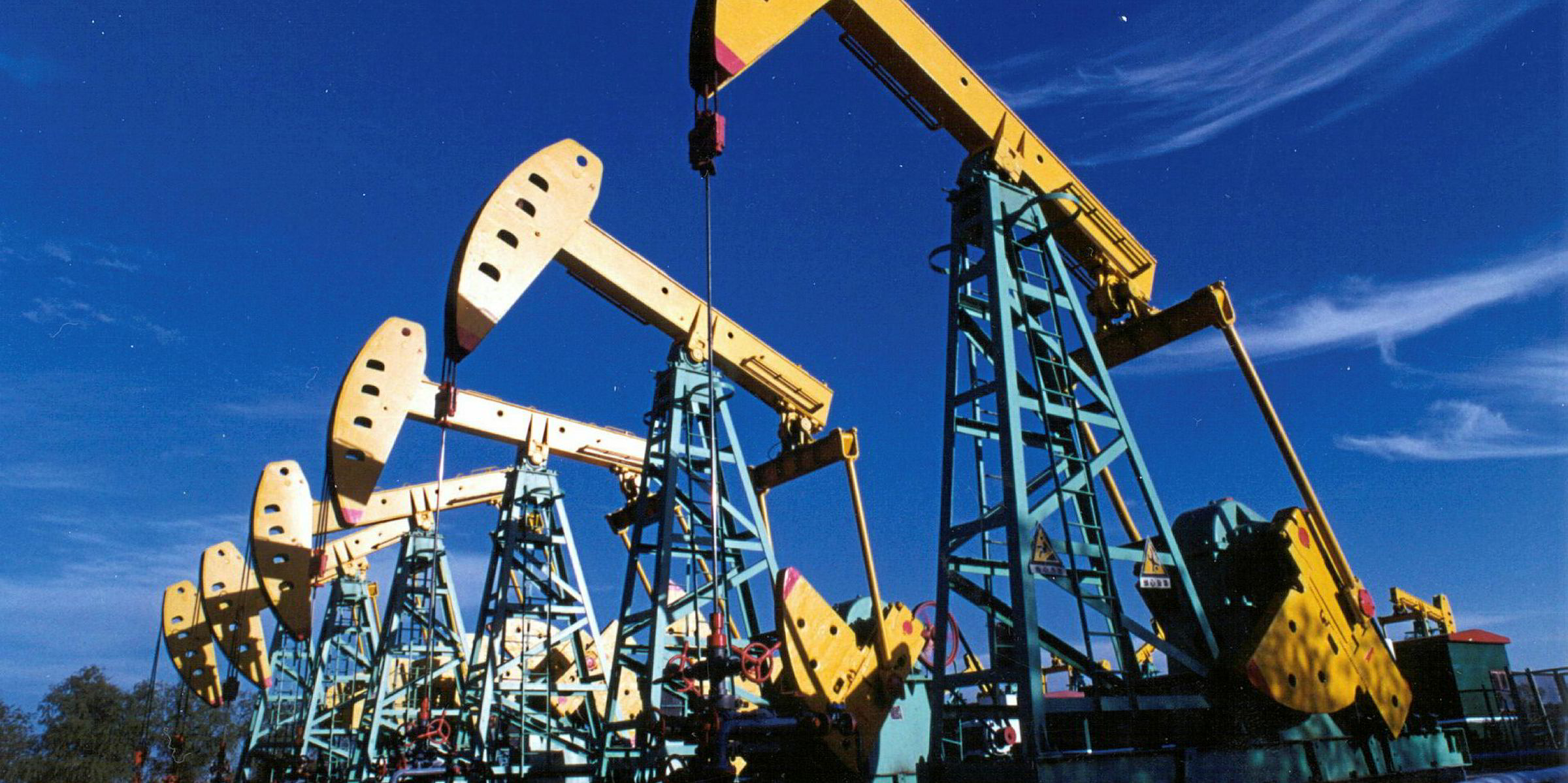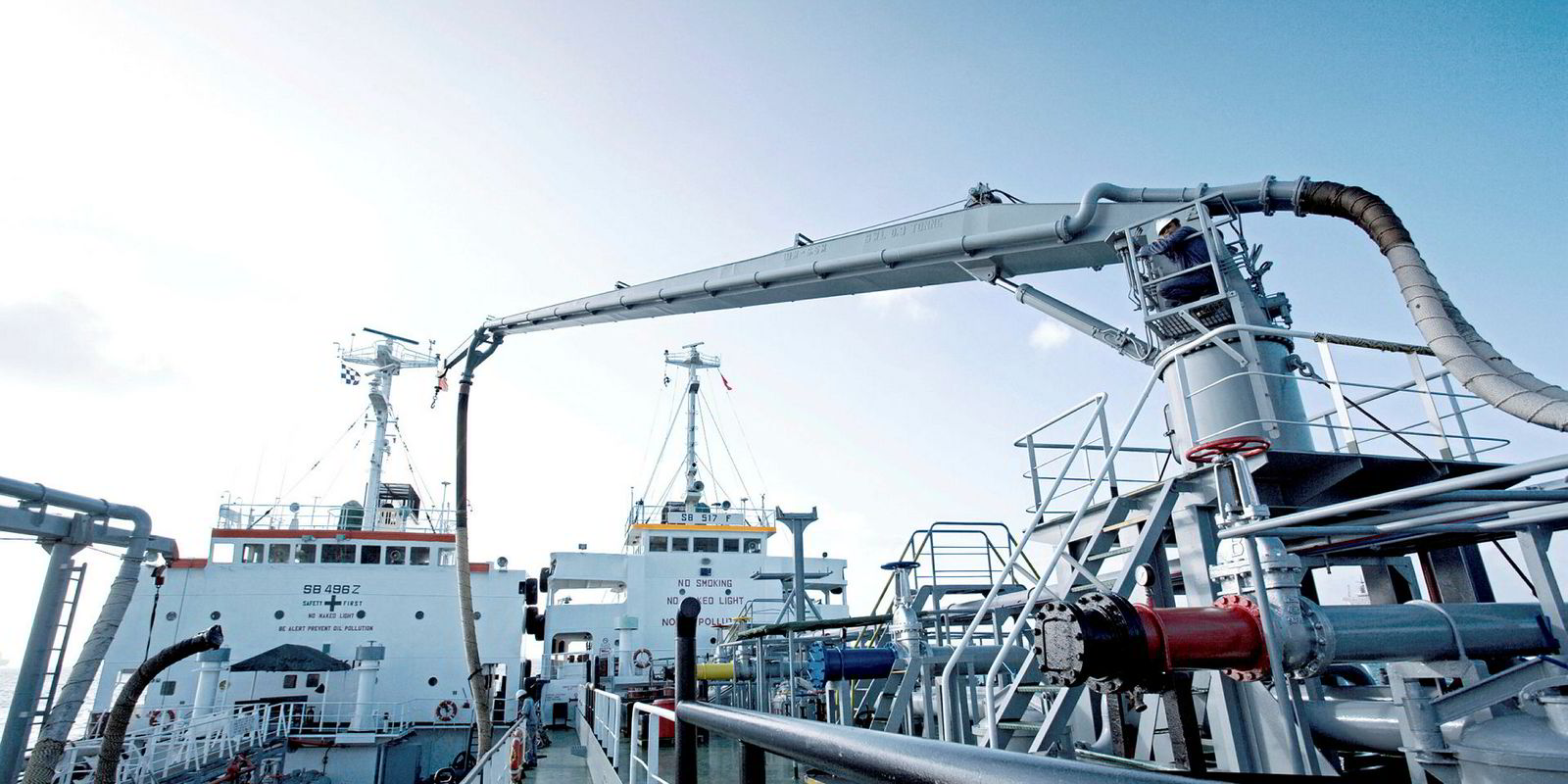Shipowners could be making a costly mistake if they take Middle East crude as the basis for calculating fuel costs under IMO 2020, according to a research report.
Using low-sulphur crude to refine and blend marine fuel oil could slash the price spread between high-sulphur fuel oil (HSFO) and low-sulphur fuel oil (LSFO).
China possesses ample stocks of naturally low-sulphur crude, and thus could be the missing factor in shipowners’ scrubber calculations, Shanghai shipping analyst Liu Xunliang said.
Tough choices
Introducing low-sulphur Chinese crude to the international marine fuel market would also give Chinese bunkering in Zhoushan, Ningbo and Shanghai a competitive advantage over the world-leading Singapore market.
But it all depends on changes in Chinese tax law, according to Liu.
Most shipowners have opted against installing exhaust gas cleaning systems or are sitting on the fence. As of July, Clarkson Research Services expected 11% of the world’s merchant fleet (calculated by gross tonnage) to be fitted with scrubbers by early 2020, rising to 15% by the end of 2020.
Liner companies and owners of large bulkers and tankers are among those that have already bitten the bullet and ordered scrubbers, some hedging their bets with partial fleet coverage.
An Alphaliner report in July found that every major liner company had committed to the scrubber approach “to some degree”, and by May, 16% of all containerships had installed scrubbers — 35.7% of the global fleet by teu capacity, reflecting the consensus that larger vessels gain most from the investment.
The price calculation is not complicated, but plugging in the right variables requires assumptions.
“Obviously, there are two deciding factors: the installation cost of desulphurisation towers; and the price difference between high and low-sulphur fuel,” Liu wrote, citing Alphaliner for a current price of $3m to $5m per installed scrubber and Drewry for an LSFO premium of $240 per tonne in 2020.

Based on the case of a capesize bulker trading 200 days per year with daily fuel consumption of 48 tonnes and an installation cost of $5m, the equipment would pay for itself in fuel cost savings in about two years if Drewry’s prediction of a $240-per-tonne price spread comes true.
But Liu calculated that the introduction of Chinese low-sulphur stocks for production of LSFO could deflate the spread to $100 per tonne. In that case, it would take around six years for the scrubber to pay for itself, which could be longer than the lifetime of the equipment.
Crude from China’s Daqing and Shengli oilfields has a sulphur content of 0.11% and less than 1%, respectively, Liu noted, and residual products for fuel oil blending would have correspondingly low sulphur levels.
His full calculations are available in Chinese and English on his China Newbuilding Price Index shipping research website.
Liu’s operating cost calculation is conservative because it excludes interest costs and the unknown costs of additional electric power, disposal of sulphur residue and extra crew labour, all factors that diminish the cost efficiency of the scrubber approach.
He noted that ordinary fuel residue disposal would cost CNY 9,000 ($1,275) per tonne in Shanghai, less at other Chinese ports, although it is unclear how much sulphur residue disposal would cost.
The sticking point for the availability of naturally low-sulphur Chinese-produced marine fuels is government policy.
Although Beijing has a stated goal of promoting the Zhoushan Islands as an internationally competitive centre for marine fuels, current tax law and customs regulations do not encourage domestic refining of bonded marine fuel for sale to internationally trading ships, nor do they make it practical to blend domestic LSFO with imported medium sulphur fuel oil or HSFO.
Thus, despite the advantages of Chinese discharge ports as a natural place for taking on bunkers, more than 90% of the bonded marine fuel sold in China is imported, making it uncompetitive on price.
Free to compete
“As China’s marine LSFO is not included in the list of tax rebates for general trade, the marine LSFO produced by domestic refineries is subject to a consumption tax of CNY 1,218 per tonne and value-added tax of 16% before entering the bonded bunker sales to international ships in Chinese waters,” Liu wrote. “Thus it cannot compete with Singapore in any way.”
However, he believes there are indications that the government could add marine fuel to its list of products eligible for tax rebates. The change could come as early as October, setting China’s refiners free to compete globally.
“The shipowners who are still worried about whether to install scrubbers should stop worrying and take LSFO in Zhoushan, Ningbo or Shanghai, because Zhoushan marine bunker supply covers not only [the] port of Zhoushan, but also Ningbo and Shanghai,” he wrote.






